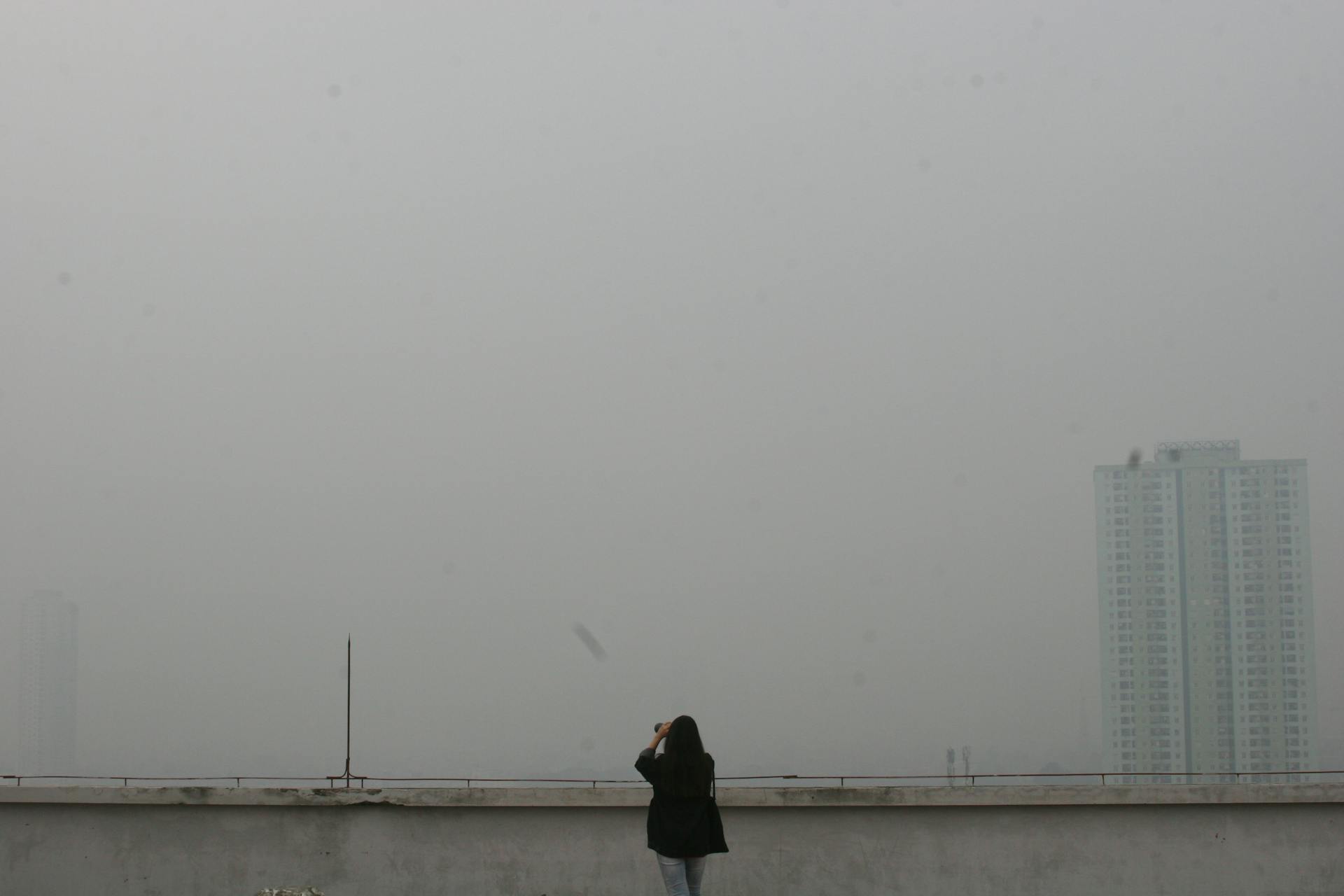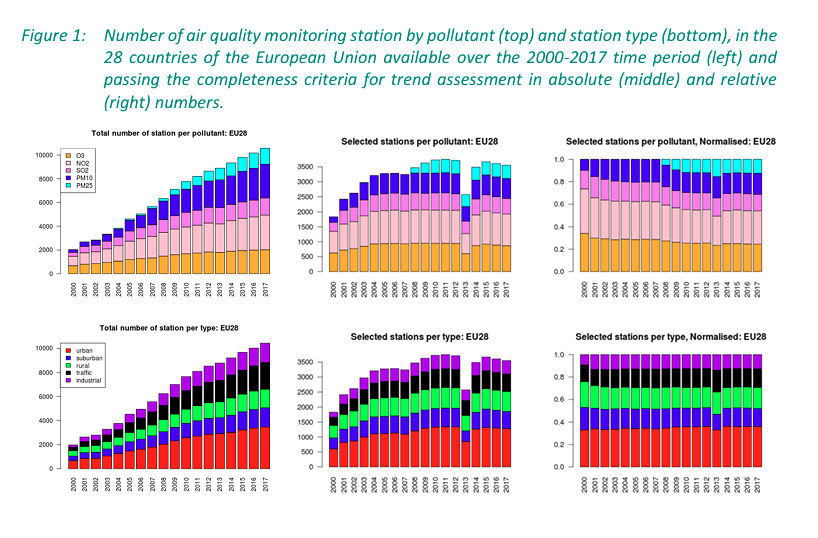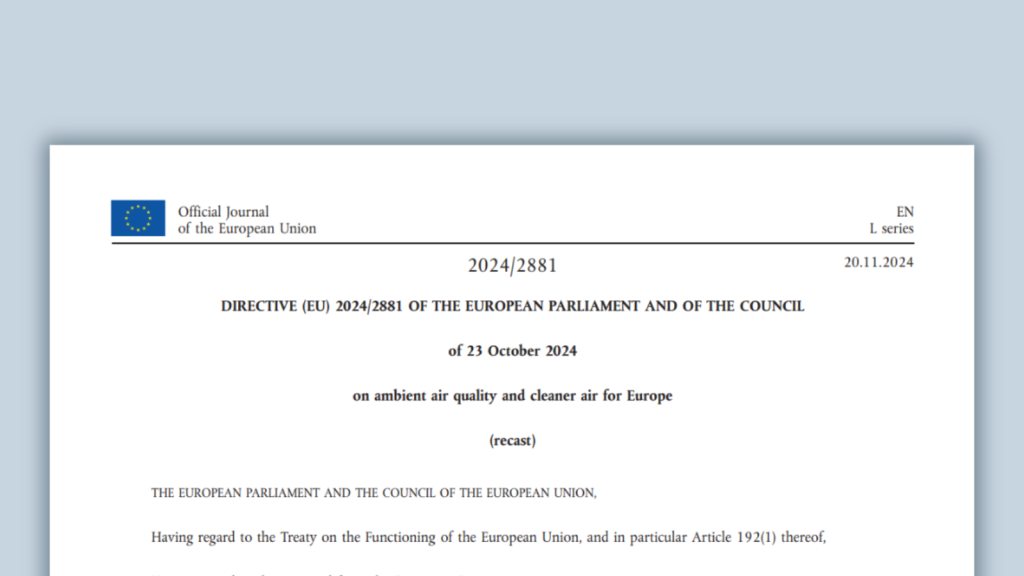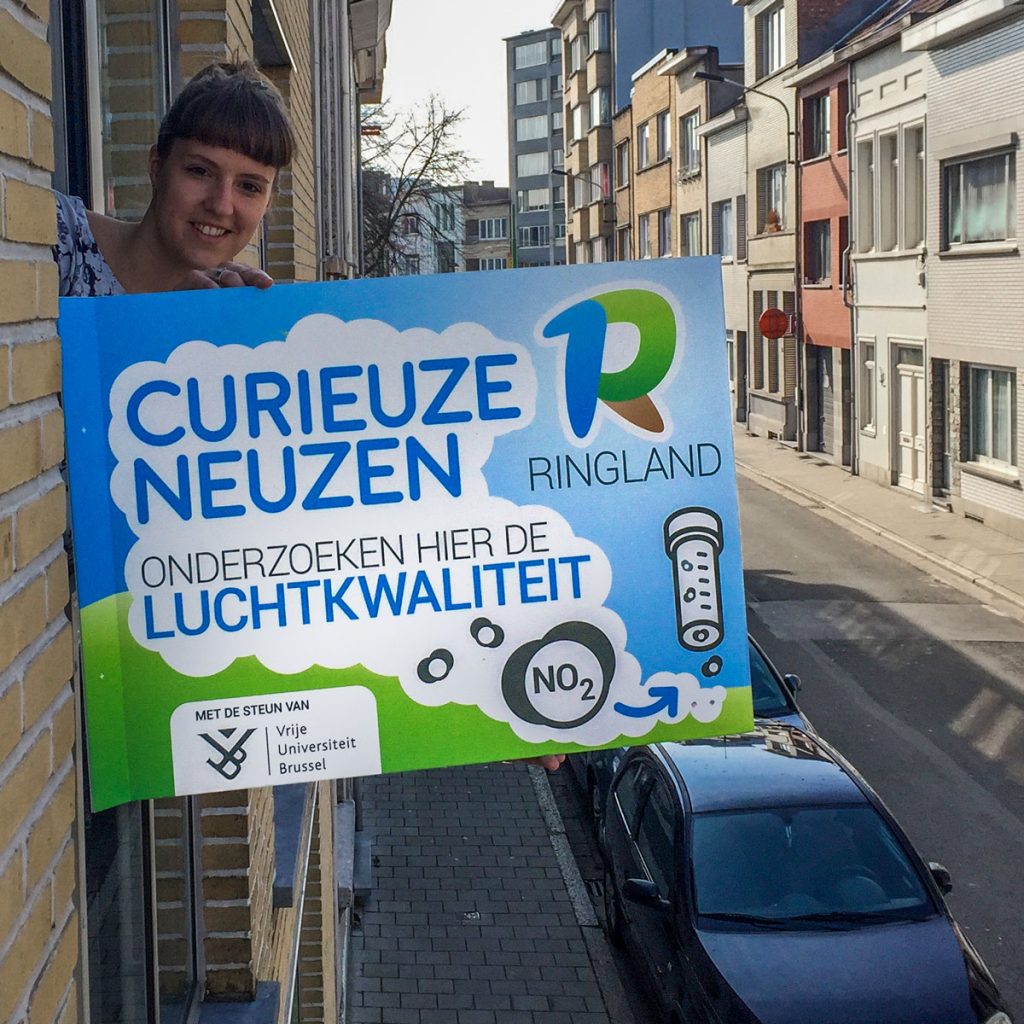
The entry into force of the new European Ambient Air Quality Directive has opened new horizons for improving the quality of the air we breathe. The Directive breathes fresh life into its outdated 2008 ‘big sister’ as it establishes stricter and more protective air quality limits that are close to the World Health Organisation recommendations.
Unfortunately, not much has changed in the new Directive as far as citizen participation is concerned. Citizens are still mostly considered passive victims of air pollution and recipients of information. While the Directive recognizes that they should have a say on air quality plans, the concept of citizen science is nowhere to be seen throughout the 70-page document.
Yet, data collected by individuals and local communities has already contributed to achieving cleaner air in Europe and will play a critical role in the successful transposition, implementation and enforcement of the Directive. Let’s see how!
17 years of government efforts supported by citizens
Since the publication of the 2008 Air Quality Directive, many European cities and regions have significantly improved their air quality. Over the period 2008-2025, the number of air quality monitoring stations has steadily increased for all pollutant types in all European member states. Between 2008 and 2017 alone, they went from 2000 to more than 10000. The European Environment Agency has also developed an online platform where citizens can consult the air quality index of the established reference stations in real time.

In addition to efforts made by local, regional, and national governments, citizens have also taken matters into their own hands by setting up their own monitoring networks. Although they may not use the same methods as official monitoring stations, but they all share a common goal: cleaner air for Europe. Citizens have been building low-cost sensors networks to monitor the air around them and have made the collected data openly accessible. We encourage you to check out initiatives such as SmartCitizen and Sensor.Community, which unite a total of more than 13,000 citizen monitoring stations in 2025 in Europe alone.
Low-cost sensors therefore play a critical role that should be increasingly considered by public decision makers thanks to a standardisation of the technology.
Citizen Science, an Overlooked Gem
Despite a shared vision of cleaner air for Europe, citizen monitoring networks have not always been able to contribute to official data sources. The 2008 Air Quality Directive did not recognize citizen-generated data. Unfortunately, it has not changed in 2025.
The term "Citizen Science" is not mentioned in the new Directive. The word "citizen" appears only twice. And the word "public", on a total of 66 occasions. All these references describe people either as potential victims of environmental risks from poor air quality, or as a passive audience to be kept informed. Clues to how the public can contribute are scarce. The primary way is suggesting Member States to open consultations on their national air quality roadmaps where citizens can provide their opinion on issues that may directly affect them, life road closures in their neighbourhoods.
As a result, the new Directive misses the opportunity to highlight how individuals and organisations can be an active and crucial part of the successful implementation and enforcement of this legislation.

Citizen Science Is Already Supporting Compliance
While citizen science is not explicitly referenced in the new Directive, community data will most probably play a critical role in the successful implementation and enforcement of the directive.
For instance, the National Institute for Public Health and the Environment in the Netherlands (RIVM) exemplifies how official monitoring and citizen-generated data can complement one another. RIVM’s "Measure Together" portal integrates citizen-generated data with official datasets, using them to support air quality plans in the Netherlands. Some 35 collaborative initiatives among authorities and citizens are under the umbrella of this monitoring programme throughout the Netherlands.
Another example is the CurieuzeNeuzen project in Flanders. In 2018, over 20,000 citizens deployed NO2 measuring devices outside their homes, creating the densest air pollution monitoring network in the world at that time. The collected data was incorporated in the official Flemish air quality model increasing accuracy by 50% and providing unprecedent spatial detail on urban air pollution. This had a direct beneficial impact on all citizens: previously unknown pollution hotspots were revealed in residential areas leading to the implementation of targeted traffic measures that reduced NO2 concentrations by up to 25% in priority areas.
Many Citizen Sciene initiaves engage schools in collecting air quality data, increasing awareness in future generations. For example, in Romania, the CleanAir@School initiative engaged with fifteen teachers and 170 students (between 7– 16 years old) to collect air quality data in their communities using passive sensors.

CurieuzeNeuzen project in the city of Antwerpen. Photo source: CurieuzeNeuzen website.
And what’s next?
CitiObs (http://www.citiobs.eu) and more4nature (http://www.more4nature.eu) will continue advocating for the inclusion of citizen-generated data in decision making processes and for recognizing citizens and communities as key actors in collaborative environmental compliance assurance. Our goal is to enhance existing Citizen Observatories to ensure citizen-collected data complement official datasets and empower communities to lead their initiatives for cleaner air.
Let’s hope it won’t take another 16 years for an update to the new Directive that recognizes citizens and the public as active contributors and integral players in achieving cleaner air. In closing, let us leave you with a quote from Martin Luther King Jr. in Where Do We Go from Here: Chaos or Community?: "Together we must learn to live as brothers or together we will be forced to perish as fools."


